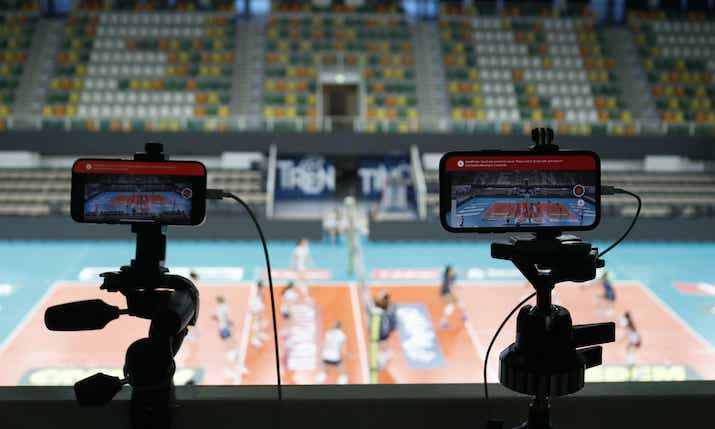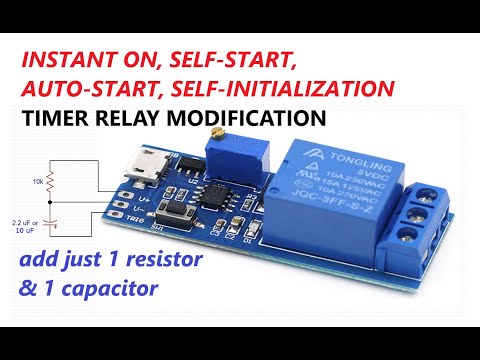The 5VREAL Project (5G Volley Reality Experience & Analytics Live), conceived and implemented by a partnership of companies and research institutes including the Free University of Bozen-Bolzano, EMG / Gravity Media Italy, the Bruno Kessler Foundation, Small Pixels, and Vodafone Italy, represents a technological breakthrough in the world of sports. Focusing on volleyball and funded […]


The 5VREAL Project (5G Volley Reality Experience & Analytics Live), conceived and implemented by a partnership of companies and research institutes including the Free University of Bozen-Bolzano, EMG / Gravity Media Italy, the Bruno Kessler Foundation, Small Pixels, and Vodafone Italy, represents a technological breakthrough in the world of sports.
Focusing on volleyball and funded by MIMIT, the Ministry of Innovation and Made in Italy, through its programme supporting 5G technologies, 5VREAL combines artificial intelligence, 5G and video analytics systems to enhance technical match analysis and enrich audience engagement.
The project’s main objectives are to enable advanced technical analysis, measuring real-time ball speed, position and trajectories, as well as game rhythms, using affordable, non-broadcast-grade technologies such as smartphones or non-professional cameras, making it accessible even for minor leagues; and deliver an enhanced TV experience and fan engagement, integrating advanced graphics to enrich television broadcasts and offering viewers engaging, real-time data. The aim is to achieve these goals through a fast, high-performance, non-invasive technological infrastructure.
Technologies employed
To enable this a number of technologies have been employed, including Vodafone’s 5G network; EMG / Gravity Media Italy’s edge computing infrastructure; advanced AI algorithms developed by the Free University of Bozen-Bolzano, the Bruno Kessler Foundation and Small Pixels, enabling upstream video enhancement through proprietary AI and pre-trained neural networks; and video analytics systems based on low-frequency video streams capable of tracking the ball’s 3D position despite the blurring or visual artefacts typical of non-professional recording devices.
This will bring benefits for both coaches and audiences, offering real-time access to analytical data to optimise tactics and gameplay without the need for costly equipment; and enabling increased immersion through augmented reality and advanced information displays during matches.
5VREAL was recently presented at the Trento Sports Hall in an event involving women’s volleyball team Trentino Volley. This showcased the projet’s potential for sports analysis and entertainment, paving the way for future implementations in volleyball and other sports.
The initial idea stemmed from 5VREAL scientific lead Ottavio Crivaro’s technological expertise in the sports sector, dialogue with leading coaches, and his knowledge of Small Pixels’ software solutions. These solutions, based on artificial intelligence and pre-trained neural networks, eliminate common video artefacts such as compression, noise and blurring, delivering sharp images where the ball’s trajectory remains clearly visible.
Crivaro explains: “Current statistics applied to volleyball provide a snapshot of the past: they allow for the analysis of events and evaluate fundamentals such as the average number of attacks, spikes, receptions, or serves – what has already happened – but fail to capture cause-and-effect relationships.”
Volleyball is characterised by intense rhythms, and while advanced statistical tools already exist, one fundamental element often eludes accurate measurement: time.
“Time analysis,” Crivaro notes, “is the distinguishing factor that initiated our experimentation. Volleyball is a game of synchronisation, where precisely measuring the tenths of a second between player movements or the ball’s transitions is crucial. It’s all about rhythm. The Ministry of Innovation and Made in Italy recognised the strategic value of this project, approving and funding it to begin experimentation.”
The technology behind the project
Collaboration with EMG / Gravity Media Italy enables the integration of enriched real-time data into broadcast signals. For example, during a match, the screen can display the ball’s speed during a serve, making the processed data immediate and accessible.
At the core of the system are algorithms developed by the Free University of Bozen-Bolzano and the Bruno Kessler Foundation. These algorithms process data in real time, hosted in EMG / Gravity Media Italy’s data centre in Cologno Monzese, where they are analysed and made available for use.
Vodafone’s Media Production platform manages the integration with augmented reality, while EMG / Gravity Media Italy oversees the distribution of enriched content, ensuring an innovative experience for both viewers and broadcasters.
Strategic support
The real-time measurement project in volleyball extends beyond audience engagement, offering significant value to coaches and technical teams. The core data revolves around time, a factor that allows for rhythm analysis – a fundamental parameter for predicting and understanding the flow of a match or training session.
Unlike traditional statistics, such as the number of spikes or points scored on serves, this technology provides a more dynamic and detailed analysis of team behaviour during matches and training sessions. Coaches can:
- Analyse the timing and rhythm of key actions performed by their own team and opponents.
- Provide more precise instructions to players based on improved predictions of opposing team strategies.
- Assess whether players adhere to predefined tactics and timings or require strategic adjustments.
- Compare performance differences between training and matches, identifying areas for improvement.
This data, useful both in real time during matches and for post-game analysis, represent a significant evolution from traditional metrics.
A technology in development
Despite promising results, it is important to note that the project is still in an experimental phase. According to the team, all necessary technologies for implementation are already in place, but a commercialisation model and an industrial leader among the partners are yet to be identified.
“This project, while proven implementable, is not yet a market-ready product,” Crivaro explains. Current efforts focus on refining the technology and evaluating potential distribution models to turn this innovation into a tangible solution for the sports world, not limited to volleyball.














